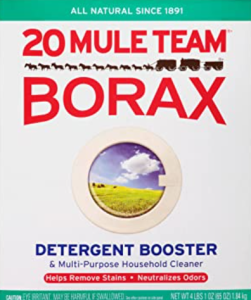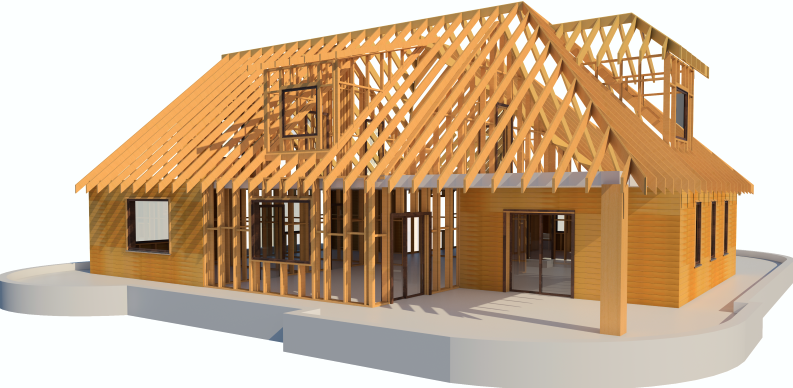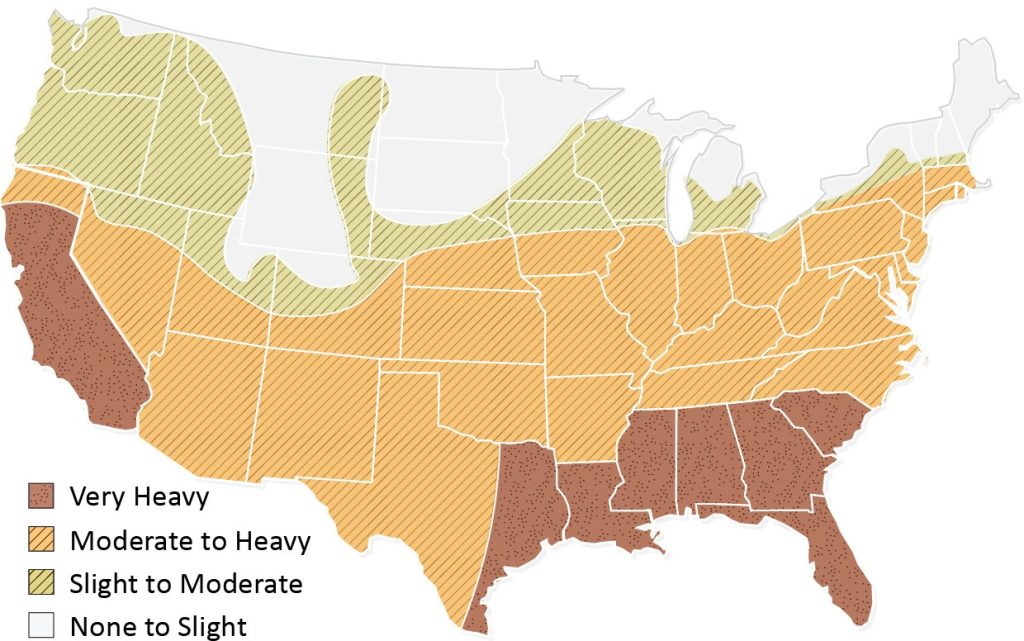Wood Sciences
Borate Treated Wood for Construction
Introduction
 Wood in its natural state has been a reliable construction material since the beginning of civilization. However, because wood is a natural, organic material, it is at risk of biodeterioration in certain circumstances – for example, in wet conditions or in area with a high termite hazard. Wood can be protected from attack of wood destroying organisms with borate wood preservatives. Borate preservatives have long been used for to protect wood framing where risk of damage due to insects or fungi is especially high. Benign borate preservatives are an environmentally responsible, low toxicity (no V.O.C.) choice to protect your dream home for the long term.
Wood in its natural state has been a reliable construction material since the beginning of civilization. However, because wood is a natural, organic material, it is at risk of biodeterioration in certain circumstances – for example, in wet conditions or in area with a high termite hazard. Wood can be protected from attack of wood destroying organisms with borate wood preservatives. Borate preservatives have long been used for to protect wood framing where risk of damage due to insects or fungi is especially high. Benign borate preservatives are an environmentally responsible, low toxicity (no V.O.C.) choice to protect your dream home for the long term.
Importance of Wood Protection
Wood is biodegradable allowing carbons to be released slowly over time. Some fungi and insects can break down wood into its fundamental components – which is a very useful function in sustaining our natural forests. However, this process is not so fortunate for homeowners due to ongoing and costly repairs. Fortunately, wood can be protected from wood destroying organisms, even in high-pressure, high-risk areas, by use of low cost, topically applied, borate preservatives.
Fungi are a class of organisms, neither plant nor insect, that reproduce via spores. Some species of fungi are capable of destroying wood. Since they require water for growth, these decay fungi can be a risk if the wood stays wet for extended periods of time. While most wood in structures are well protected from environmental elements, excessive water exposure is sometimes unavoidable. For example, outdoor structures, construction errors, or other building failures can allow wood exposure to excessive moisture conditions.
Insects are also a threat to wood, especially termites. Termites are found in mild to hot climates worldwide, including parts of Canada and the United States.
 Treatment Process
Treatment Process
Unlike other wood preservatives, sodium borates are different due to this alkaline mineral being so water soluble. This means the preservative is mobile in the wood and can diffuse throughout the wood if enough water is present. When structural framing is topically treated, the preservative continues to spread deeper into the wood until it’s dried or cured. For this reason, borate treatments typically provide a deeper shell of protection than other preservatives that tend to fixate to the surface of treated areas. Borates can spread throughout the entire cross section of the wood, reducing the concern of exposing inadequately protected wood when the piece is cut at the job site. When dry, borate treated wood is stable – no further movement of the preservative will occur in the absence of water.
Borate preservatives can be applied during construction when structural framing is accessible. When proper concentration and volume are applied to the wood framing, borate salts will replace the water in the cells of the wood, creating protection for years. In fact, Hume & Company has specialized in topical borate treatments for over 20 years helping hundreds of homeowners create healthier/safer structural conditions with minimal maintenance costs.

Termite Activity in the United States
A Natural Pest Controller
Borates are naturally occurring salts that result from the combination of two elements – oxygen and boron. Borates are found as mineral deposits around the world, with a particularly large deposit in the California desert of the United States. They have long been used in hand soap powders and laundry boosters. Borates are also found in contact lens cleaners, eye washes, cosmetics, ceramics, medicines, and dozens of other common products. Because they are considered benign to human health, borates are perhaps the most suitable wood preservative for interior construction components. Borates are also inorganic, which means they contain no volatile organic compounds (VOCs). VOCs are air pollutants sometimes associated with various health, respiratory, and odor complaints. Without harming humans, borates have been successfully applied to wood products for protection against wood destroying organisms since the 1940’s.
The mode of action in an insect is not fully understood, but borate molecules appear to disrupt the digestive process, causing the insect to starve. Termites generally nibble the treated wood and then spread the borate molecule throughout the colony during grooming and feeding activities. This process can quickly eradicate a colony, or in the case of subterranean termites, force the colony to find a better (less lethal) food source. For fungi, borates generally work by preventing enzymic activity at the cellular level of the organism.
